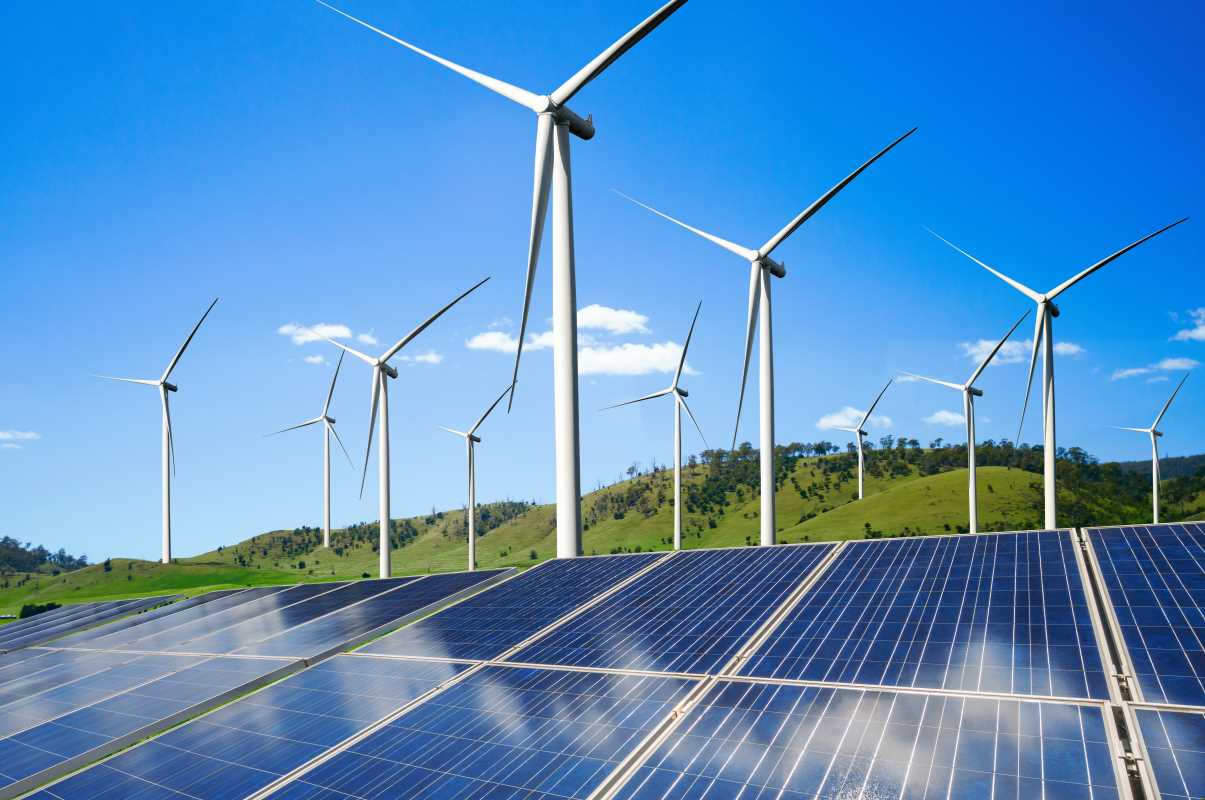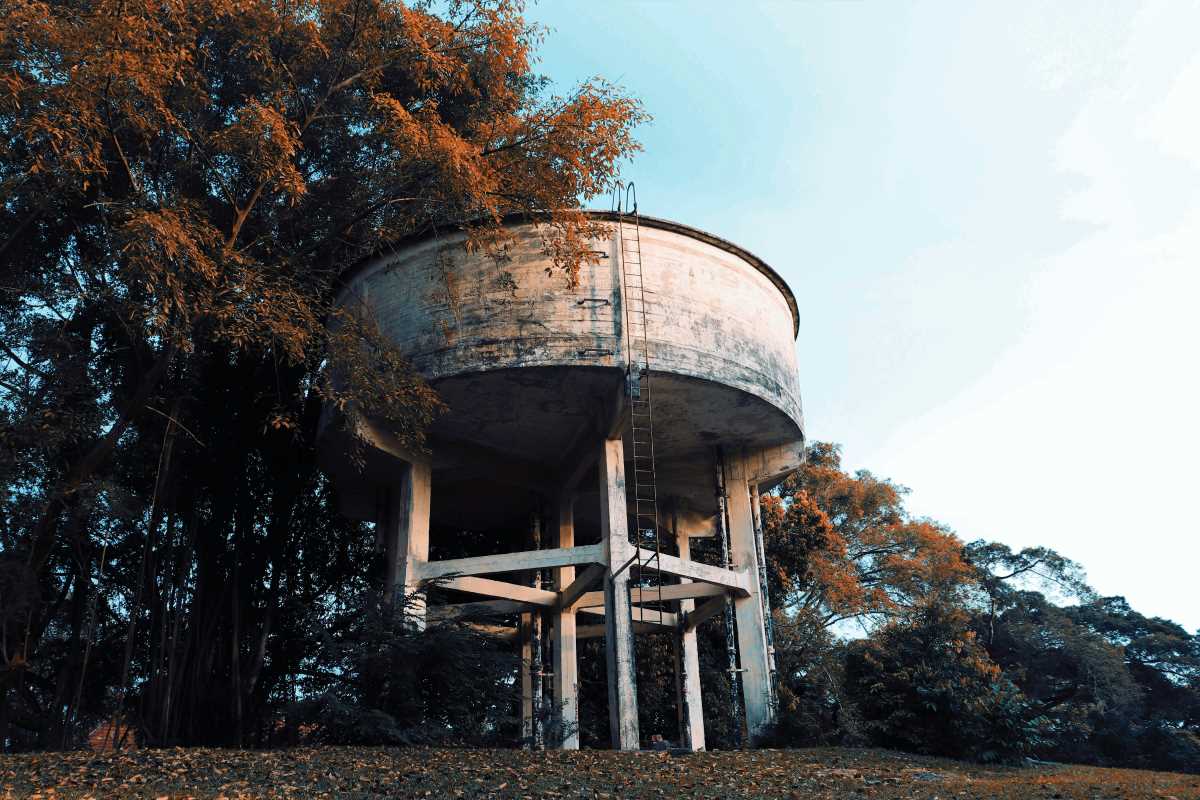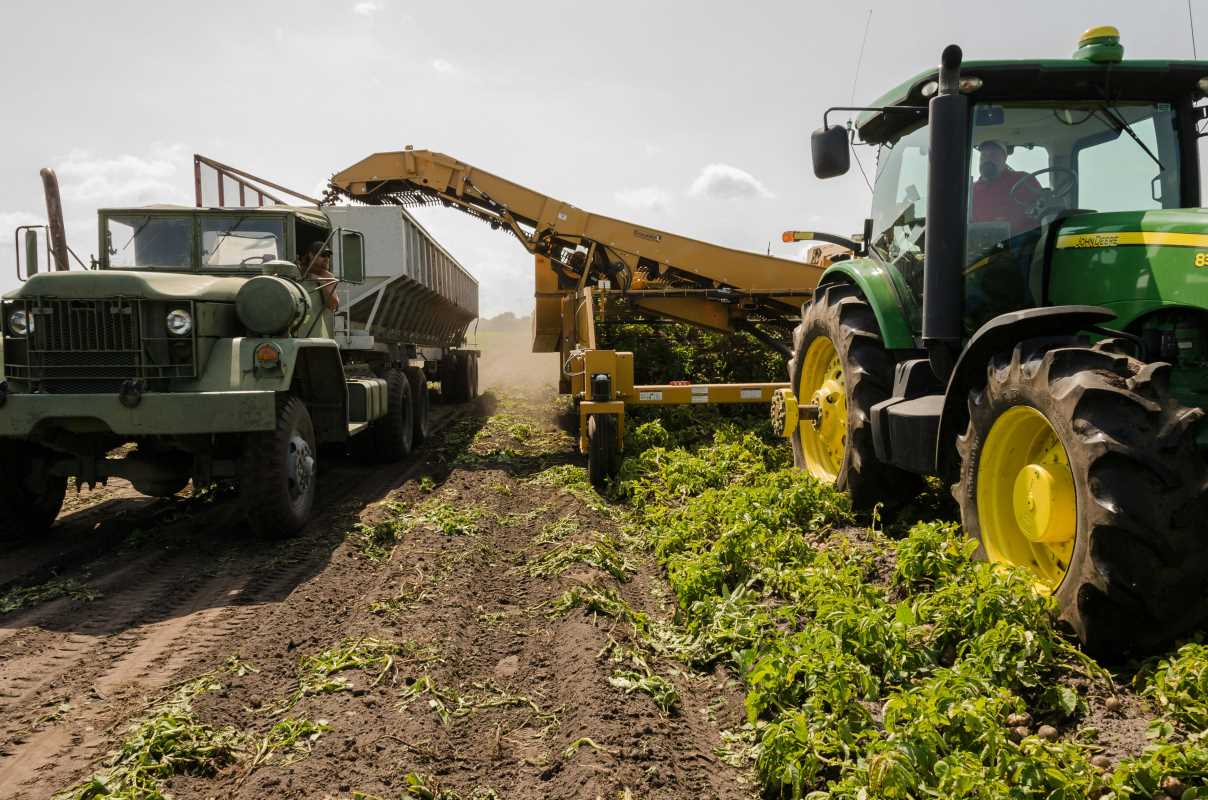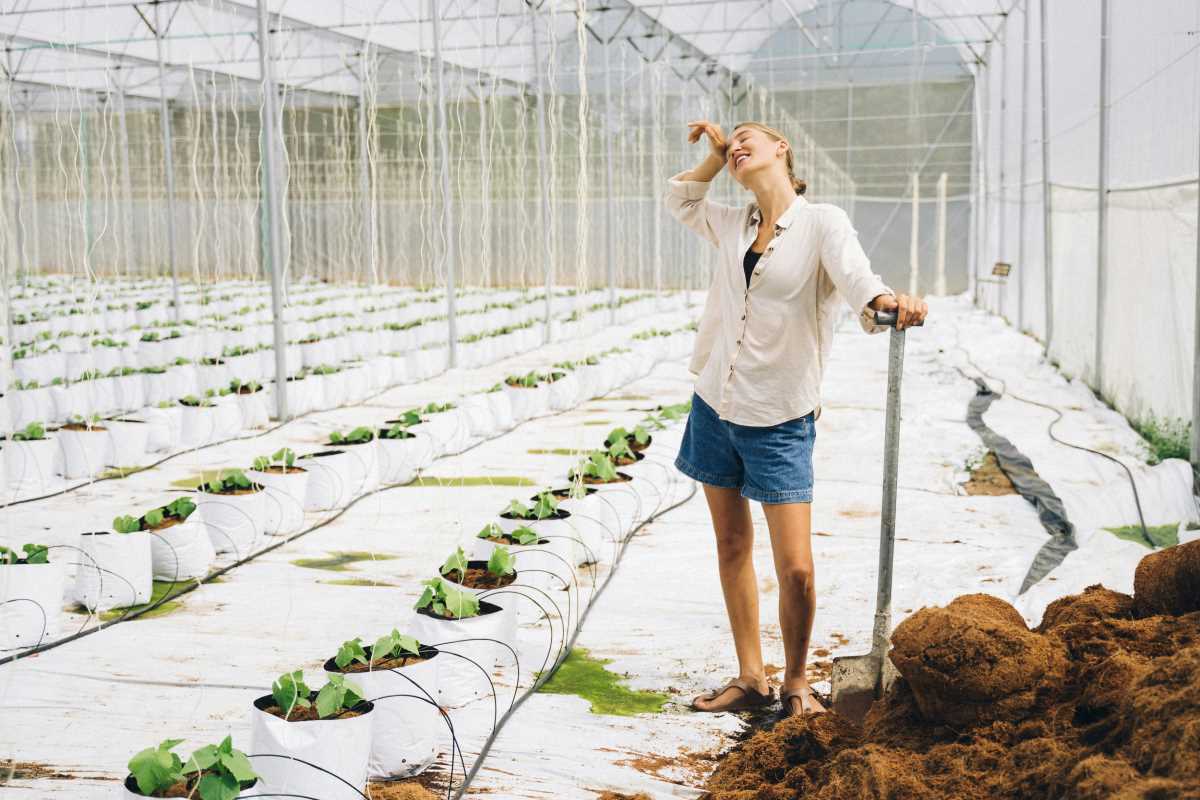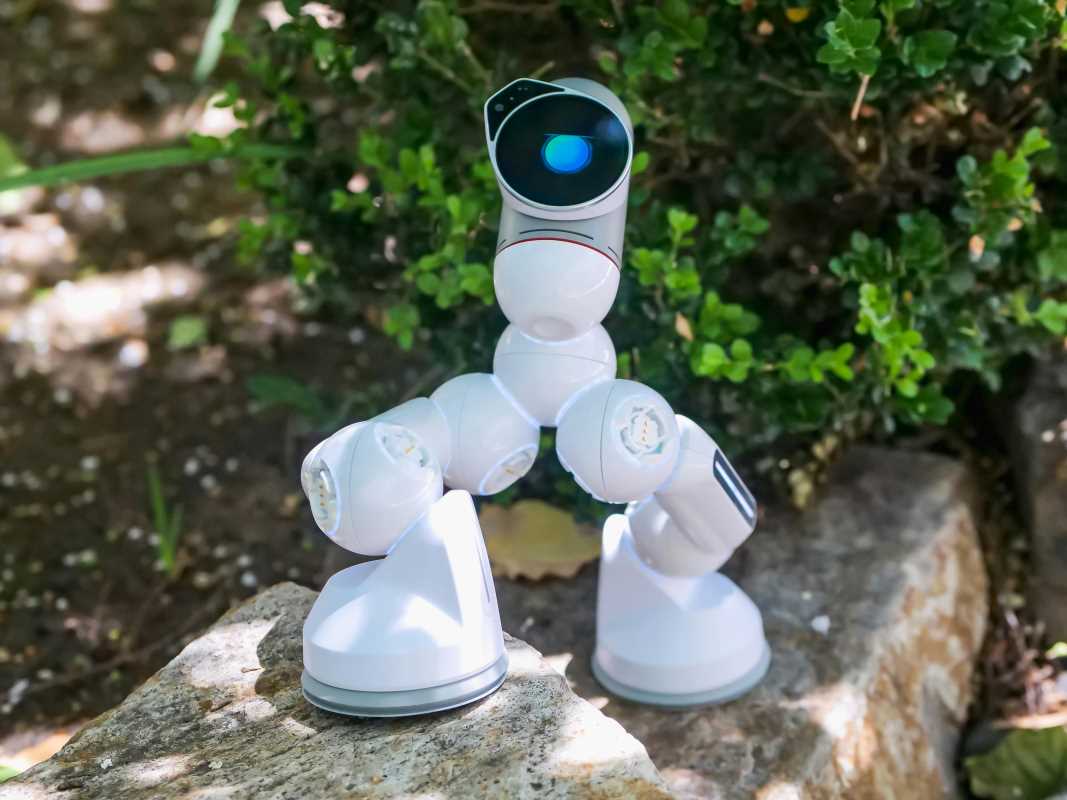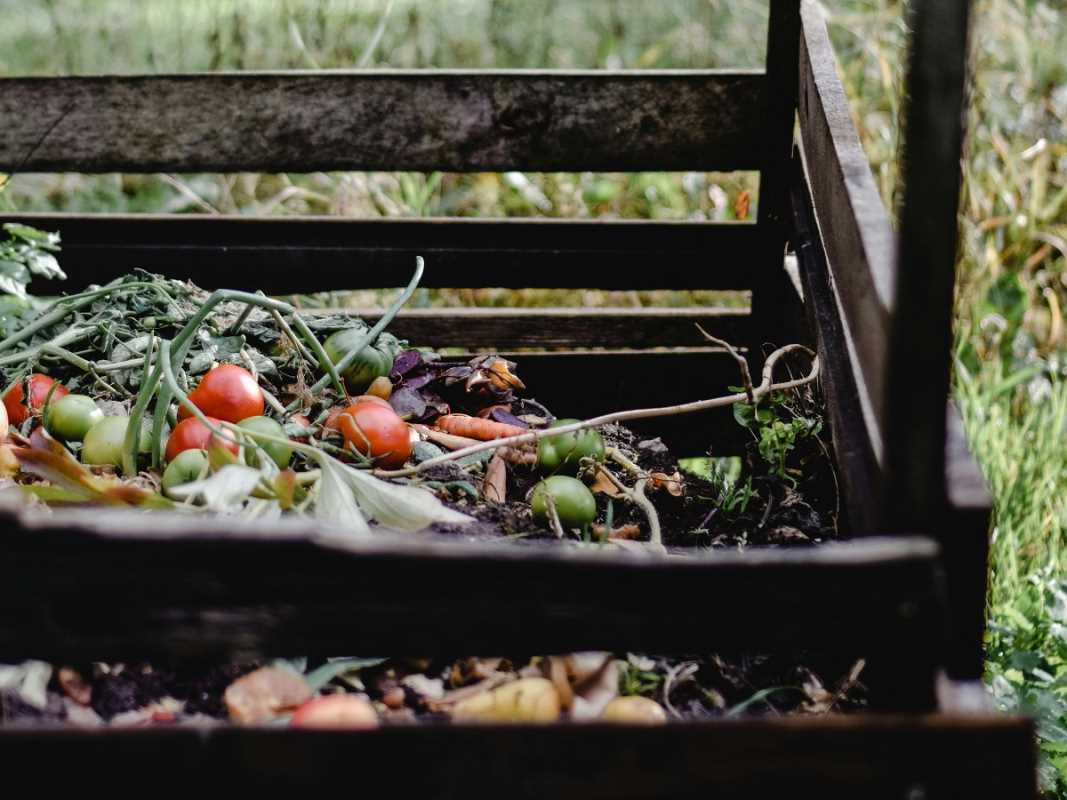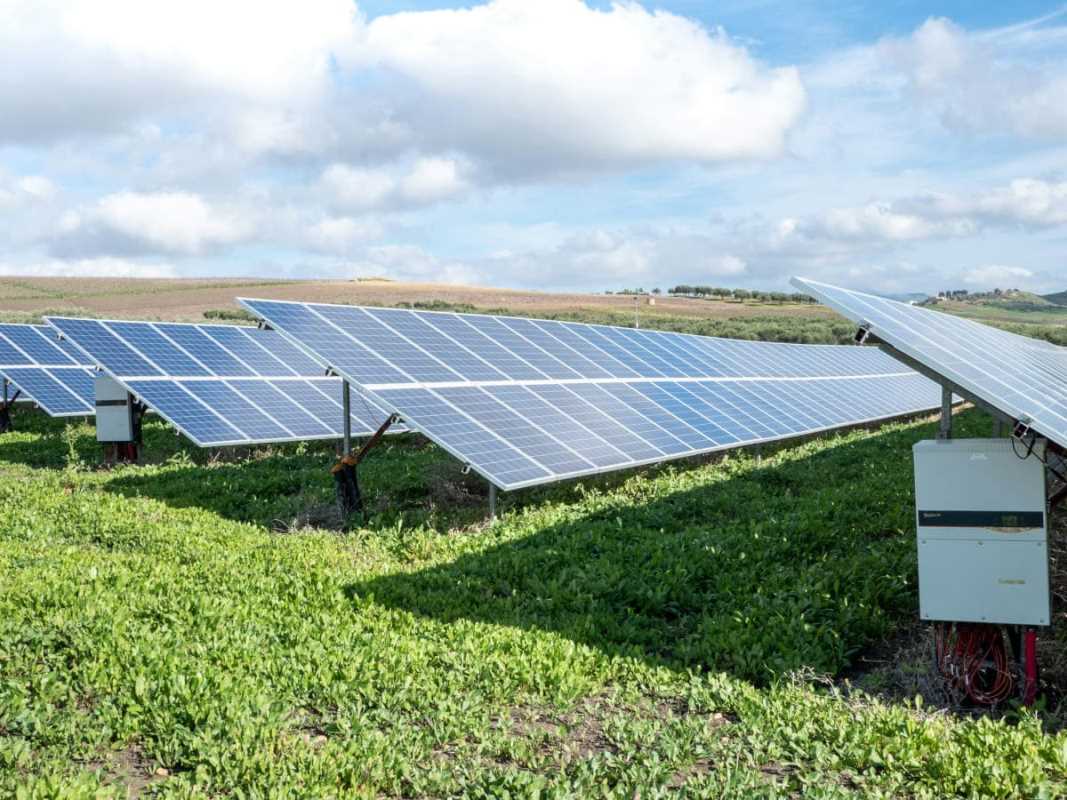Solar panels, wind turbines, and other on-site energy solutions can turn large properties into self-sufficient spaces while reducing utility costs over time. Many landowners now choose to move away from conventional power grids and instead tap into renewable resources right on their own acreage. This shift brings greater control over energy use and contributes to a cleaner environment. By following clear examples and straightforward steps, anyone with ample land can install equipment that meets their property’s unique needs. Every choice made now has the potential to support a more sustainable approach to farming and land management for years to come.
By tapping into available natural resources, owners maximize both the use of their land and potential cost savings. Integrating practical, small-scale energy systems can transform even challenging terrains into productive hubs of energy production. Many find that these systems not only improve financial outcomes but also contribute significantly to environmental stewardship.
What Are On-Farm Renewable Energy Options
Renewable energy forms the backbone of modern agricultural efficiency. Options range from solar panels that catch every ray of sunlight to wind turbines that capture the constant breezes across open fields. These systems provide reliability and easy integration with existing operations.
Technological advances help customize these installations to suit large expanses of land. Landowners can choose among solar arrays, wind turbines, and even small-scale biomass generators. Each option finds its ideal context based on available space, local climate, and long-term goals. Clear, defined choices help simplify the process and encourage actionable steps for those considering this move.
Assessing Your Land and Energy Needs
Evaluating your unique landscape and energy demands remains the first step in making informed choices. Map out the available space, assess sunlit areas, and consider wind patterns. The quality and configuration of the terrain can impact efficiency and installation costs. Factors like shading from trees, nearby structures, and soil stability may also influence the final decision.
Next, align these observations with your energy goals. Determine what part of your power consumption comes from current operations, and explore how clean energy can increase your independence. Comprehensive assessments lead to more tailored solutions that work in harmony with existing structures and practices.
Planning and Siting Your System
Successful projects start with proper planning. Consider factors that support both immediate functionality and long-term performance. Choosing the right location for the energy system on your land lays the foundation for sustained productivity.
Key siting considerations include:
- Sunlight exposure and wind availability in different areas of your land
- Proximity to existing power infrastructure for smoother integration
- Local environmental considerations, such as wildlife habitats and water sources
- Future expansion possibilities without a significant overhaul of the existing system
- Accessibility for maintenance and monitoring activities
Installation Best Practices
Following established steps ensures your energy system operates efficiently. High-quality installations not only extend the system's lifespan but also protect your investment over time. For ongoing confidence, use best practices that align with modern techniques. Studies highlight the benefits of proper installation for enhanced performance.
When installing a system, follow these essential steps:
- Confirm local regulations and secure necessary permits before beginning the installation process.
- Select high-quality materials suited for long-term outdoor use and extreme conditions.
- Prepare the site by clearing obstructions and ensuring a stable, flat surface for mounting equipment.
- Work with experienced installers who understand the nuances of on-field integrations.
- Perform initial tests immediately after installation to catch any setup issues early.
The careful choice of each component creates a system that not only works well initially but also continues to serve reliably over the years. Whether you prioritize solar, wind, or a mix of technologies, proper installation remains at the core of sustainable energy production.
This approach aligns with best practices for renewable energy solutions in agricultural settings and keeps your project on track from start to finish.
Monitoring, Maintenance, and Optimization
The journey does not end with installation. Regularly monitoring and maintaining your systems ensures they perform at their best throughout their service life. Modern technology enables real-time tracking of energy production and system performance, making it easier to optimize operations as conditions change.
Landowners should remember that periodic evaluations help identify small issues before they develop into major setbacks. Routine checks also promote effective energy use and help diagnose potential problems early. This proactive approach supports long-term benefits and keeps systems running efficiently.
Common Challenges and How to Overcome Them
Implementing renewable energy systems can face setbacks such as weather changes, high initial costs, and technical issues like shading or old wiring. Proactive planning, regular reviews, and staff training help manage these challenges. Backup systems and battery storage add reliability.
By addressing problems early and staying flexible, you can prevent disruptions and turn setbacks into learning opportunities. Smart energy management cuts costs, boosts efficiency, and supports a sustainable future, leading to greater energy independence over time.
